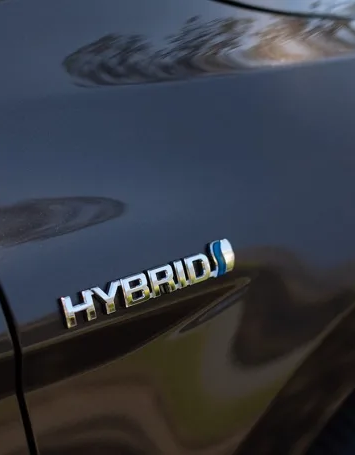



Certified to service EV & Hybrid
The Preventive Maintenance Servicing of Electric Vehicles requires a similar level of regular Inspection Checks as do other ‘propelled’ vehicles, of course minus the internal combustion engine, as the electric motor tends to be a self-contained unit. However, depending on which configuration of EV you have, there will be a variety of aspects to be regularly monitored, as all EVs have some moving parts due to the reality that there is always a transition mechanism of the power to the wheels … and then there is the high-voltage cabling, plus many have cooling systems for the Battery Pack which require careful monitoring to ensure there is no fluid contamination of the Battery Pack+ there is an Air Filter check required for this pack and the critical ‘air access’ point to be checked as a blockage to this will cause heat acceleration resulting in damage to the Battery Pack. Of course, there is the necessary checks for Suspension, Brakes, Steering, Tyres, (which must be the correct load rating) and the typical vehicle items of Cabin Filter and Wiper Blades and various fluid checks for levels & quality. With an BEV (Battery Electric Vehicle ) there is less to be done than on a typical internal combustion engine vehicle, however regular checks are crucial!
Hybrids have the EV considerations + as they have an Internal Combustion Engine, so they require typical ICE ( Internal Combustion Engine ) vehicle inspections. The EV & Hybrid Network Certified Workshops use Manufacturers service schedules, while also taking into account your actual driving usage, to plan and execute the most effective Preventative Maintenance Servicing model for you!
FAQ
A: Regular inspections, as mentioned under the ‘Servicing’ tab, are one of the least understood aspects of servicing an EV or Hybrid. If not attended to, expensive repairs can be the result. Your EV or Hybrid is a very high-tech combination of computer-based and high-voltage technologies and should only ever be serviced by a knowledgeable certified technician with the correct equipment.
A: The level of danger is minimal during everyday use unless the high-voltage cables become damaged, which can occur due to physical vehicle movements and impacts. This is why you are protected when you have your EV or Hybrid regularly serviced by a Certified Workshop, with checking of these critical cables being part of the rigid inspection process. Of course, any manipulation of these cables is highly dangerous. It requires special protective equipment and is carried out via exact procedures to ensure the safety of both the technician and the vehicle’s battery pack.
A: Most electric motors are very robust and often made to last without maintenance for many years. However, as the EV and Hybrid markets explode and price competition comes into play, we are finding that manufacturing methods are increasingly varied. As this situation evolves, the EV & Hybrid Network will continue to learn from the marketplace to be up to date on any preventive-maintenance inspections that might be required to pre-empt possible expensive repairs.
A: Other than those mentioned under the ‘Servicing’ tab, checks that only apply to an EV or Hybrid are primarily related to the high-voltage and overall electrification aspects of the systems.
A: Unfortunately, we currently do not have a comprehensive legislated standard in Australia, so in theory many workshops can tinker with these high-tech and high-voltage vehicles. However, there are known processes and known education models to ensure customers’ vehicles are being safely worked on (both for the technician and the battery pack). The EV & Hybrid Network of Certified Workshops has been vetted to ensure each workshop has the appropriate credentials, and access to a broad range of support.
A: That depends on how it is being used. However, the typical period between services and inspections is 12 months. The best process is to visit your Certified Workshop so a use-based service-and-Inspection program can be set up for you. The objective is, of course, not to over-service the vehicle but to ensure that under-servicing does not occur as this is when expensive or inconvenience breakdowns happen. Remember, regular preventative-maintenance servicing is usually a much more cost-effective way to maintain any vehicle, than not doing so and potentially suffering the inconvenience of expensive ‘preventable’ repairs.
